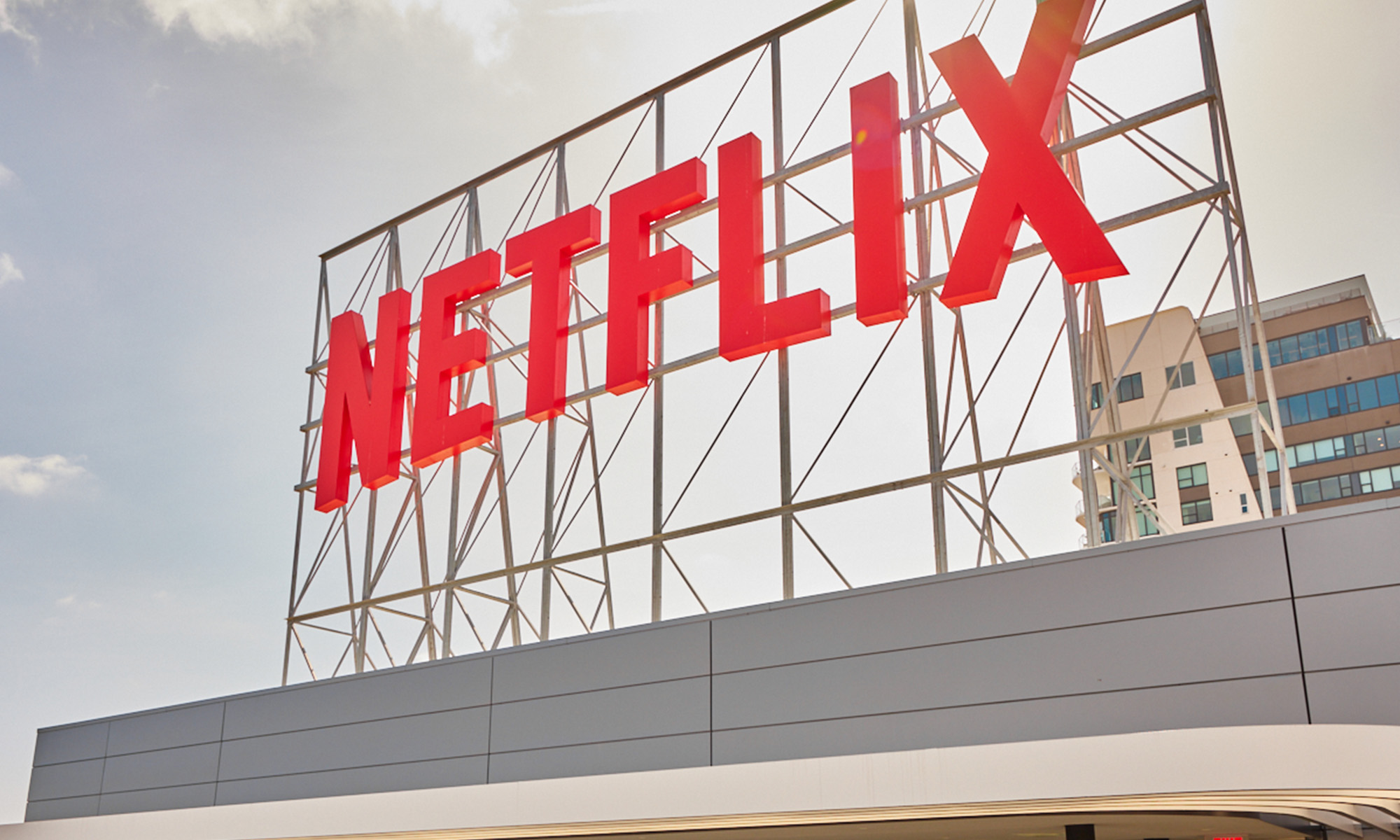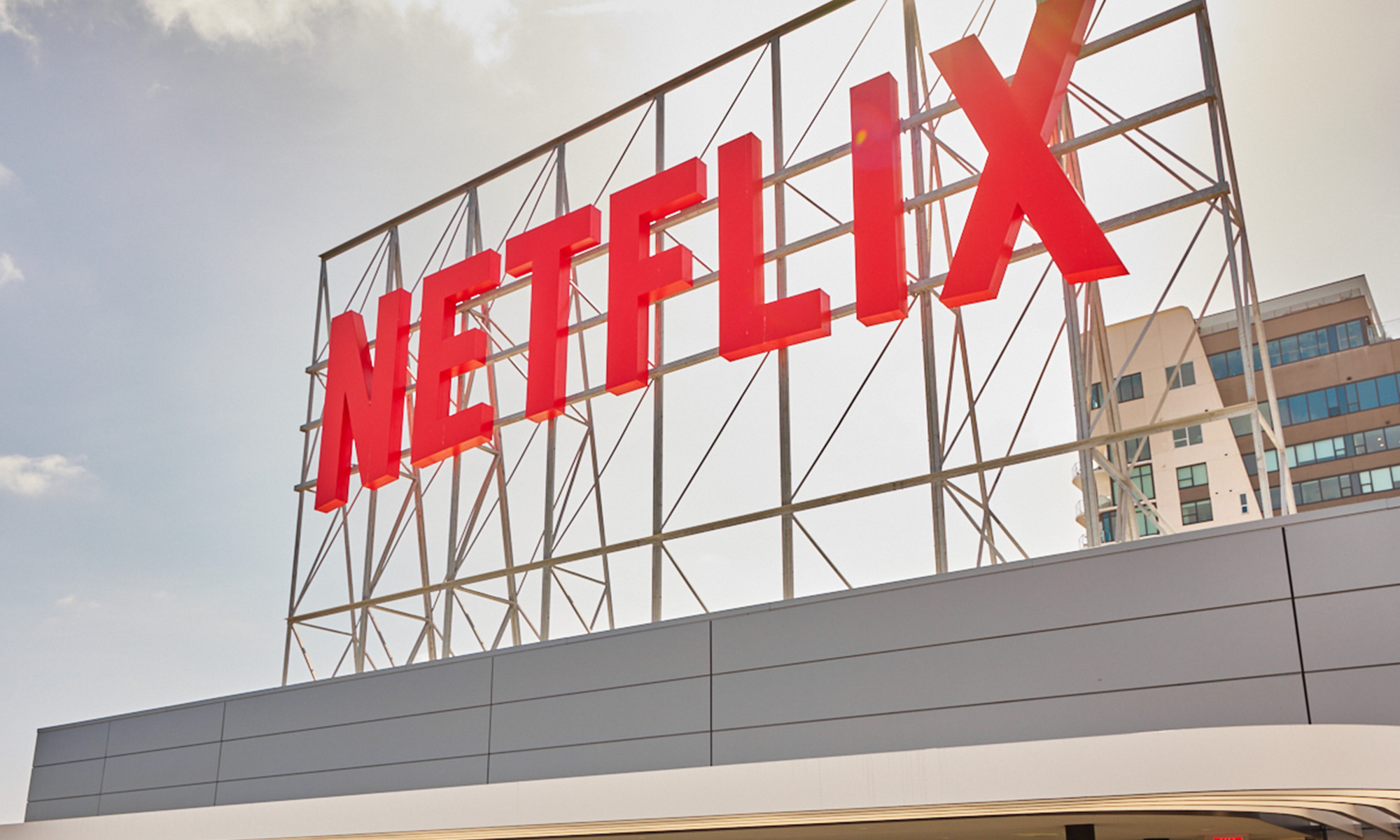Netflix (NFLX +0.23%) stock has been one of 2025's biggest winners, fueled by a mix of factors: rising subscriber engagement, fast-growing revenue from its nascent ad-supported tier, and steady pricing power across global markets. The streaming leader is also starting to benefit from live programming and selective licensing deals.
The company's pivot to advertising and tighter cost discipline have given investors an enticing preview of the scalability of Netflix's model as it executes on important growth initiatives. With shares up more than 40% this year, the key question is whether this momentum can last. I think so. Earnings growth looks set to outpace sales for years to come, suggesting the rally may still have legs -- even if returns from here are likely more measured.

Image source: Getty Images.
Recent results show strong operating leverage
Netflix's second-quarter report underscored the impressive scalability of the streaming service giant's model. Revenue rose about 16% year over year to $11.1 billion, while operating income jumped 45% to $3.8 billion. Operating margin expanded to 34% from 27% a year ago, reflecting both healthy member growth and pricing, plus some help from favorable currency changes. Earnings per share climbed to $7.19 from $4.88.
Management raised full-year guidance as well, now expecting 2025 revenue of about $44.8 billion to $45.2 billion (up from a previous target of $43.5 billion to $44.5 billion) and an operating margin of roughly 29.5% on a constant currency basis (about 30% at current rates, versus a prior 29%).
Free cash flow also remains solid. Netflix generated $2.3 billion in free cash flow in the quarter and $2.7 billion in the first quarter, or roughly $4.9 billion year-to-date -- ample capacity to keep investing in content and product while repurchasing shares. All regions posted double-digit revenue growth in the period, and management highlighted that revenue growth in its important United States and Canada segment accelerated versus the first quarter as earlier price changes flowed through. There's a lot to like: a larger base, better monetization, and improved per-unit economics.
Another pillar is advertising. Netflix completed the rollout of its in-house ad tech -- Netflix Ads Suite -- across all ad markets and said U.S. upfront (an annual gathering of TV networks, streaming services, programming partners, advertisers, and other industry players) results were generally in line with or slightly better than targets. Co-CEO Gregory Peters put it plainly on the call: results are consistent with the company's goal to "roughly double" the ads business in 2025. Meanwhile, at its May upfront, the company said its ad-supported plan now reaches more than 94 million monthly active users, giving Netflix a sizable audience to monetize as formats and tools improve.
Why the rally can continue
From here, the investment case rests on earnings growth more than multiple expansion. On valuation, shares trade around a forward price-to-earnings ratio of about 40 -- already meaningfully below a trailing multiple in the low-50s. That gap reflects Wall Street's expectation for rising earnings as operating margin steps up and as advertising, pricing, and engagement add to the top line. If Netflix hits its revenue and margin targets, earnings per share should move materially higher over the next several years.
Catalysts remain in place. The company is leaning into live events, selectively licensing, and improving discovery on the product side (including a recently redesigned user interface). Advertising is still early and could generate incremental revenue with minimal impact on member experience, as ad tools, targeting, and measurement continue to improve. And management continues to emphasize disciplined content investment -- not just spending more, but spending smarter -- which supports margin durability.
Of course, competition for attention is intense, and ad revenue is growing off a small base. Further, price increases must continue to pair with perceived value to avoid higher churn. And after strong recent performance, expectations are higher. These are manageable risks, but they argue for tempered return assumptions from here.
Ultimately, Netflix looks positioned to keep compounding earnings, even if the stock's premium valuation caps near-term upside. That is a fine trade-off for investors focused on durable profit growth. Gains from here will likely be steadier rather than spectacular, driven by expanding margins and new monetization streams more than by multiple expansion. But slow and steady can still add up to attractive returns over the long haul.






